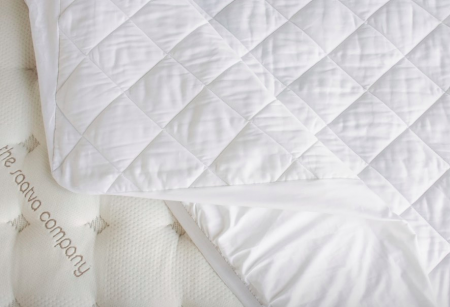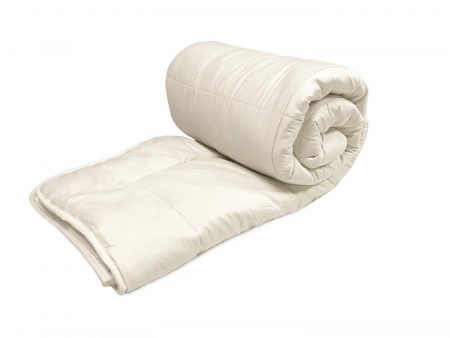Buying Guide – Shopping for the Best Mattress Pads
Mattress pads are highly useful when it comes to preserving a mattress and protecting sleep surfaces from contaminants, stains, and physical damage, as well as providing small comfort adjustments to your sleep surface. Read on to learn more about the similarities and differences between mattress pads and protectors, hear frequently asked questions, and find out important buying tips.
What Are Mattress Pads and How Are They Different From Protectors?
A mattress pad acts as a barrier between the sleeper and his/her mattress cover. Many are quilted to provide an additional layer of cushioning to the sleep surface, but their primary purpose is to shield the bed from dust mites and other allergens, as well as bacteria. Some pads are also hypoallergenic. Most pads measure no more than one inch thick, and fit over the edges of the mattress much like a fitted sheet — although some rest freely on the top mattress surface.
Mattress protectors, like pads, keep contaminants like dust mites, allergens, and bacteria off the sleep surface. Additionally, most protectors are waterproof in order to shield mattresses from sweat, urine, and other stains. Many protectors are hypoallergenic, as well. Although some pads may be waterproof, for the purposes of this page: ‘mattress pad’ refers to non-waterproof layers, while ‘mattress protector’ refers to waterproof layers. Protectors are rarely quilted, and most will not alter the feel of a mattress to any noticeable extent. Protectors usually measure no more than one inch thick.
It’s important to note that the term ‘mattress topper’ is also used interchangeably with ‘pads’ and ‘protectors’; this is also inaccurate. Toppers are specifically designed to provide extra cushioning to mattresses, and most provide little to no protection against contaminants or stains. Most toppers are one to three inches thick, and some weigh as much as 30 to 40 pounds.
The table below illustrates the key differences and similarities between mattress pads, protectors, and toppers.


